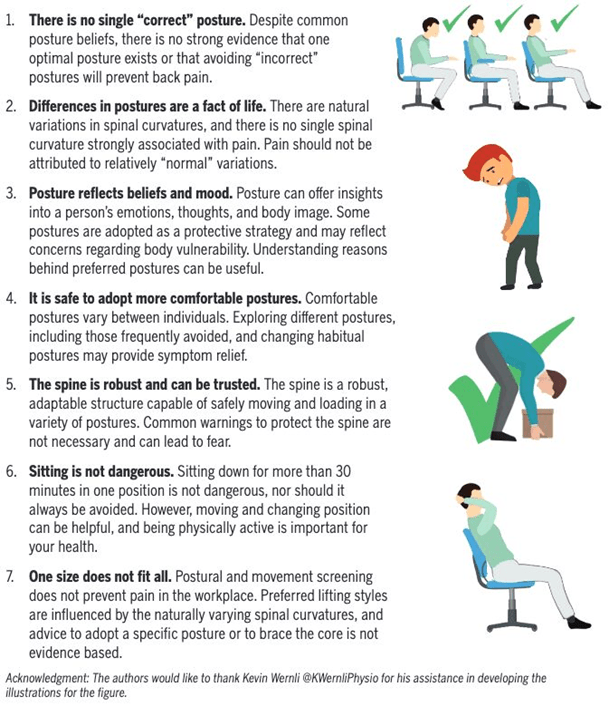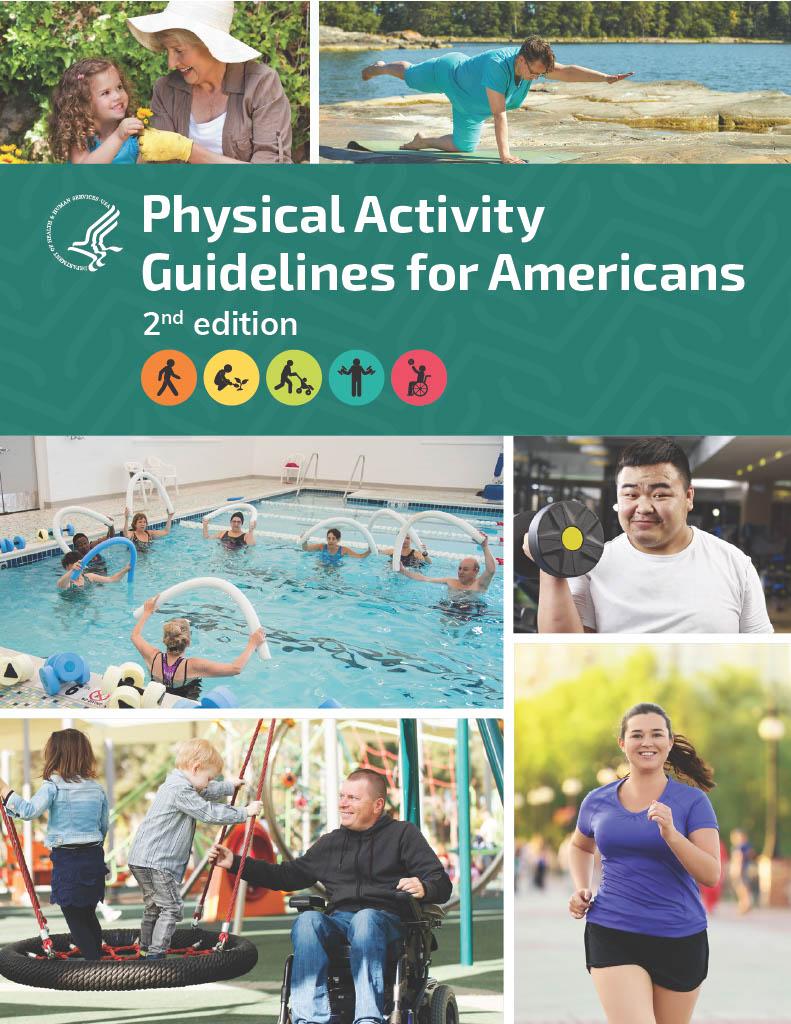Posture is a common concern among a lot of people and our patients. It is a big proponent of education from a young age and encouraged in the workplace, doctor offices, the media, and the fitness industry. I still remember sitting on the floor in 3rd grade outside of all the classrooms having a teacher talk about posture and how to sit up straight. It is something ingrained into our culture. Posture in and of itself can take on a negative connotation involving ‘bad’ or ‘good’ posture. The Journal of Orthopaedic and Sports Physical Therapy highlighted one of their viewpoint articles from 2019 recently which discussed posture, its effects on pain, and its place in the clinical setting.
People have all sorts of postures including scoliosis, humped backs, one shoulder lower than the other, and rounded backs when sitting just to name a few. I have seen news outlets talking about sitting being bad for you, utilizing standing desks or treadmill or bike desks. (These are great ideas to get some extra fitness in your day if you are interested in them, but not always necessary).
When googling “posture,” there are all sorts of ads for posture trainers, articles on posture to prevent back pain and arthritis, ways to prevent bad posture, why good posture will lead to a healthier life, etc… There is a whole industry based on having good and avoiding bad posture.

Recent evidence and studies suggest that there is no ‘gold standard’ for posture. Changing postures and finding postures to relax in are more optimal. This is the idea of posture variability. The best posture is one you can relax into and this may be different for everyone.
Oftentimes when given posture recommendations, patients and clients will try to maintain that ‘good’ posture as long as possible. It is good to be able to relax and that one posture may be ok to hold for a little bit. Evidence supports that one size does not fit all and having posture variability is optimal for your back, joints, and health in general.
Ergonomic setups at work are a good place to start, but holding those postures a whole day is an unrealistic goal. This can make the body tired overtime and then create frustration that the posture cannot be maintained. The best way to prevent pain is to remain active and attempt to meet American Health Authorities guidelines of 150 minutes of moderate exercise a week and include 2 strength training days to include upper body and lower body exercises. Some exercise or activity is always better than none.
For more information about recommended physical guidelines click the photo below.
In Physical Therapy we can help you find these positions of comfort to help relieve pain. We can help train the tissues to adapt to postures. The body is amazing and can adapt to small stresses over time. Posture isn’t something to be feared. It is something good to understand and how it relates to sitting, standing, and lying. The spine is robust and adaptable. It can be trusted. Getting to that point may be challenging and we are here to help!


